The development of the Regional Observatory of Adaptation (ROA) is unfolding in stages. The first phase focuses on mapping existing global and national adaptation indicators, fostering a participatory process with key stakeholders, and conducting workshops to gather insights. Future stages will involve integrating subnational data and launching a dynamic web platform that facilitates access to adaptation information. Ultimately, the ROA aims to be a strategic tool for supporting decision-making, tracking progress on the Global Goal on Adaptation (GGA), and fostering regional collaboration to respond effectively to the climate crisis.
Our first workshop on global indicators took place virtually in July 2024. It brought together key actors from academia, governments, UN agencies, negotiators, and civil society organizations to reflect on existing global indicators and their alignment with both regional needs and the UAE Framework for Global Climate Resilience (FGCR). Discussions focused on the relevance and limitations of current indicators, and explored ways to improve them to better track adaptation progress in line with GGA targets.
In the first round of discussions, thematic targets such as water, food systems, ecosystems and biodiversity, and infrastructure and cities were covered. In the second round, targets related to the adaptation policy cycle —risk assessments, planning, implementation, and MEL— were explored.
Key reflections from the Workshop:
- Challenges of Causality and Attribution
One of the main challenges in assessing adaptation indicators is the difficulty of attributing specific outcomes directly to climate change or adaptation actions. Climate change is often just one of many factors driving impacts, making it challenging to isolate their impact and the effects of adaptation measures. This is particularly evident in climate impact indicators, where causality is assumed, but not explicitly measurable.
- Prevalence of Adaptation Action Indicators
The most common indicators in adaptation frameworks focus on tracking adaptation actions, such as the implementation of policies or projects. However, there is often a lack of indicators that measure the actual impact or long-term effectiveness of these actions, limiting the ability to fully assess their success.
- Inclusion of Cross-Cutting Issues
Critical cross-cutting issues like gender responsiveness, participatory approaches, and adaptation finance are often overlooked in adaptation indicators. These issues are essential to ensure that adaptation efforts are inclusive and equitable, but their integration into existing frameworks is inconsistent and often treated as optional.
- Integration with National Monitoring Systems
Although relevant data is being generated through various means, such as satellite monitoring, much of it is not validated or integrated at the national level. There is a pressing need for better alignment between international and national monitoring, evaluation and learning (MEL) systems to ensure robust data validation and actionable insights.
- Opportunity to Leverage Existing Expertise
Several organizations have made significant progress in defining methodologies and reporting structures for adaptation indicators. This existing expertise can be harnessed to establish a custodian network for the GGA framework, ensuring that the most advanced methodologies guide future indicator development.
The United Nations Environment Programme (UNEP) appreciates the participation of all stakeholders for their engagement in this session and invites countries, institutions, and civil society to keep collaborating in building meaningful, data-driven climate resilience for years to come.



